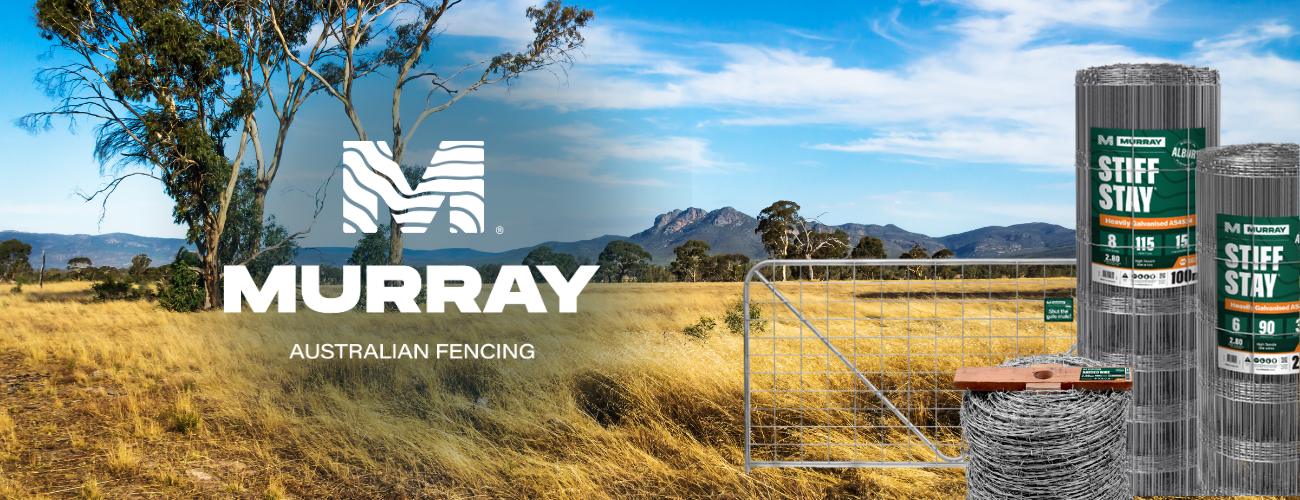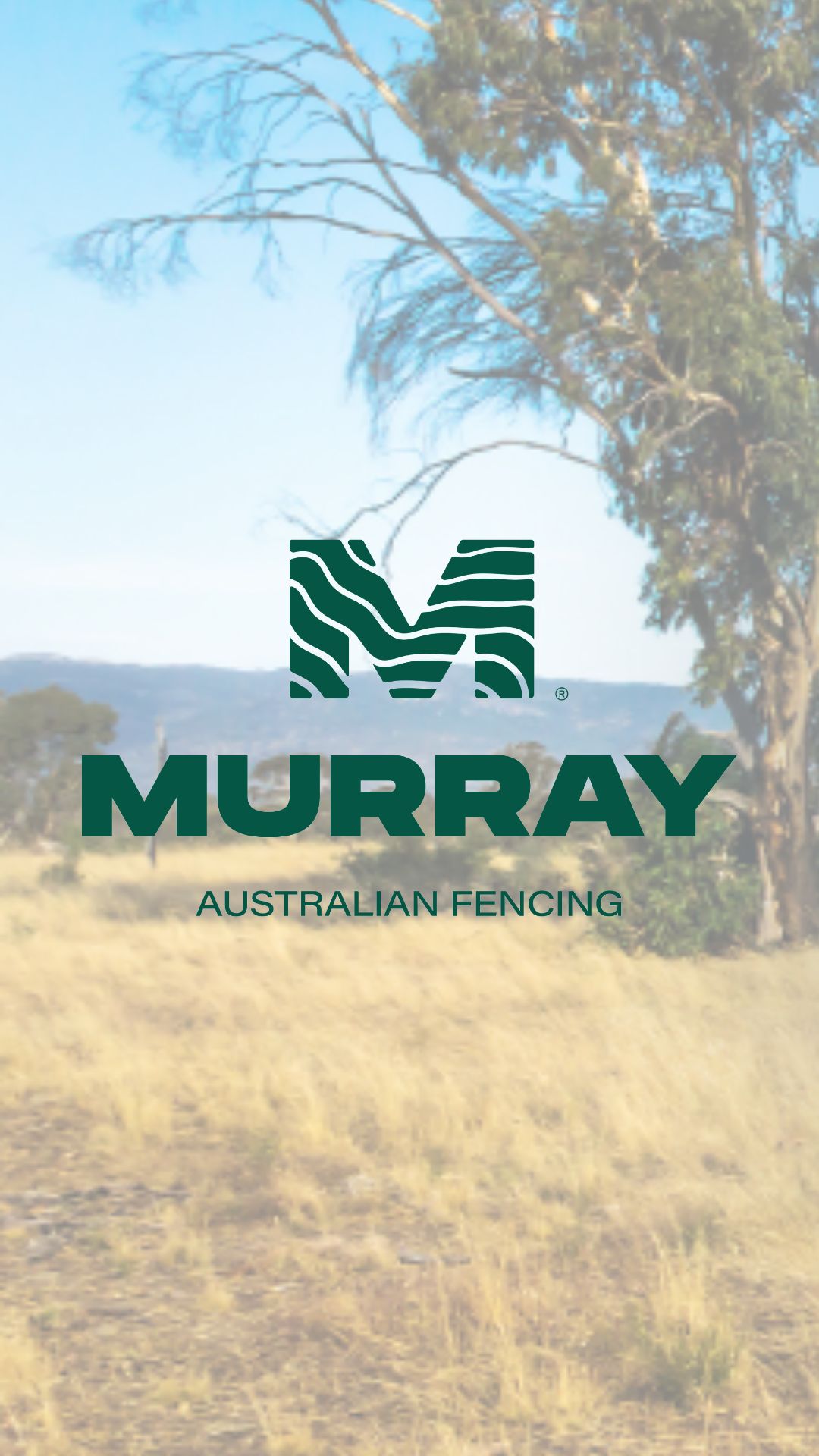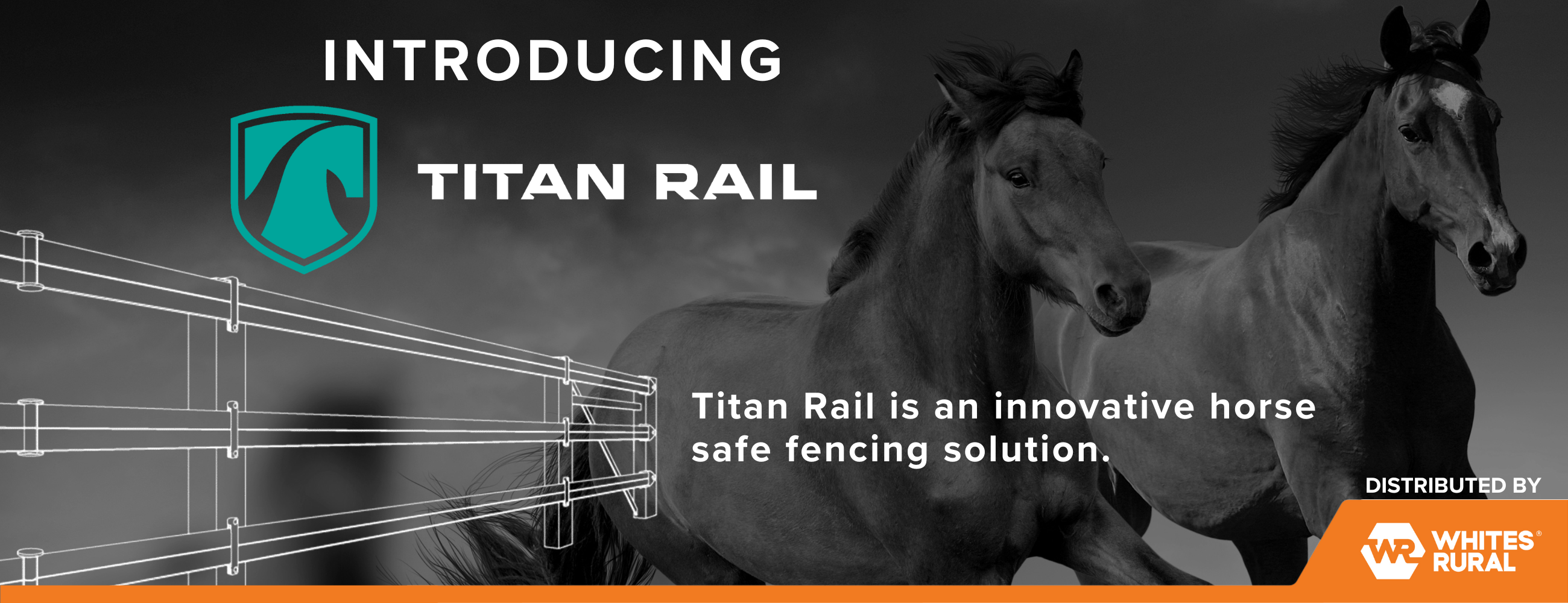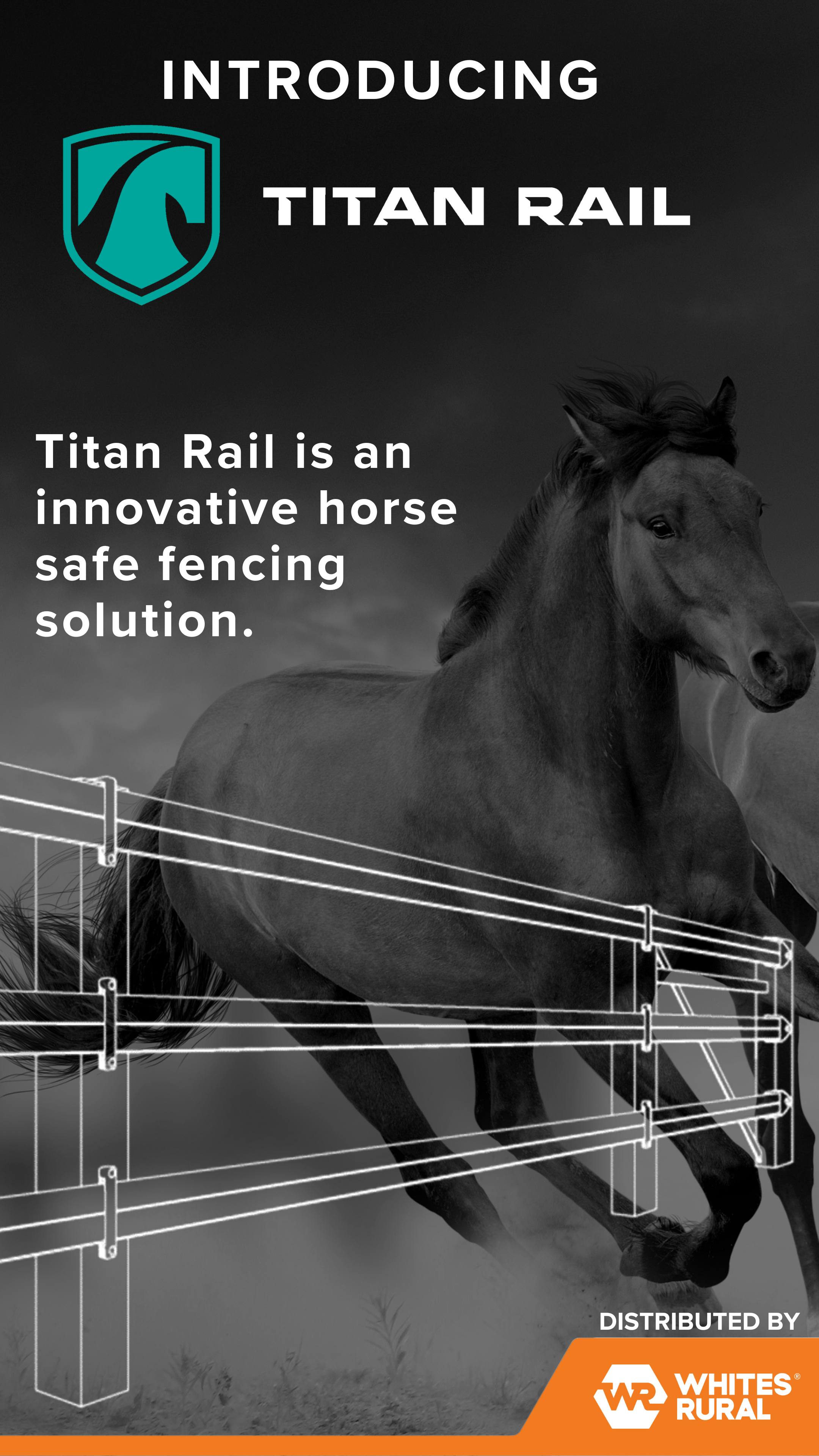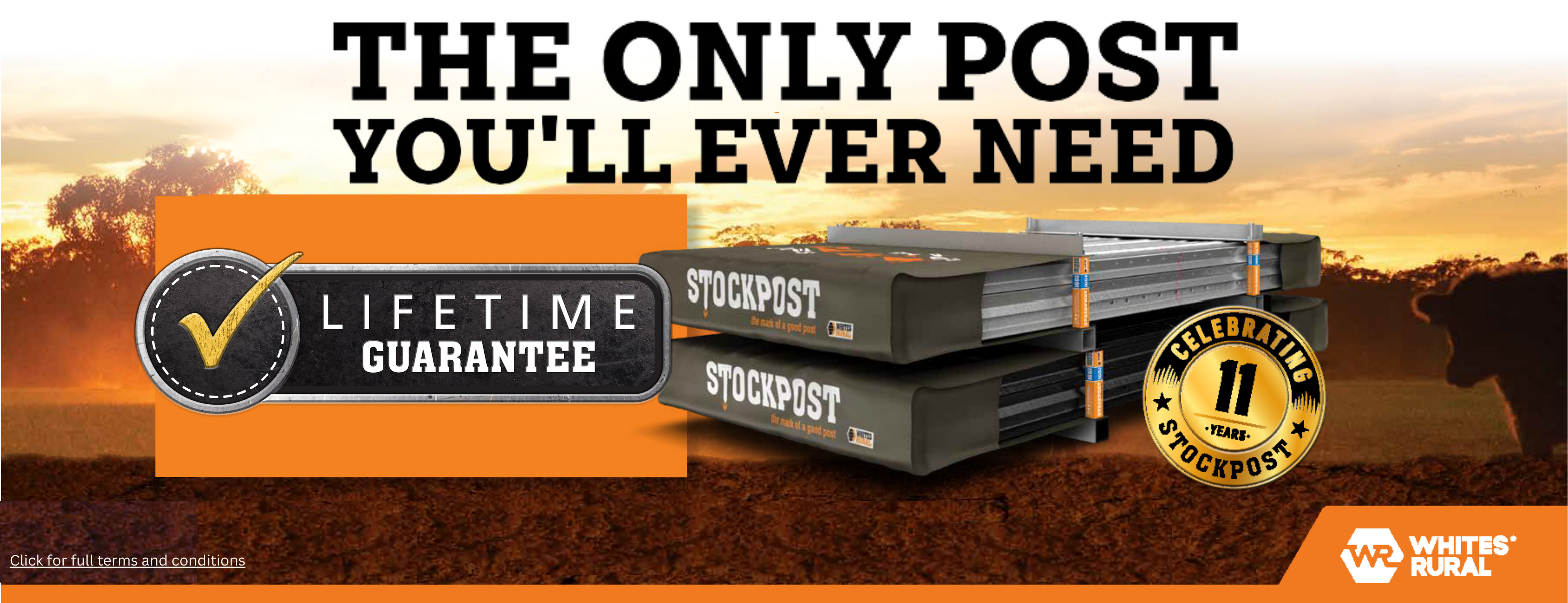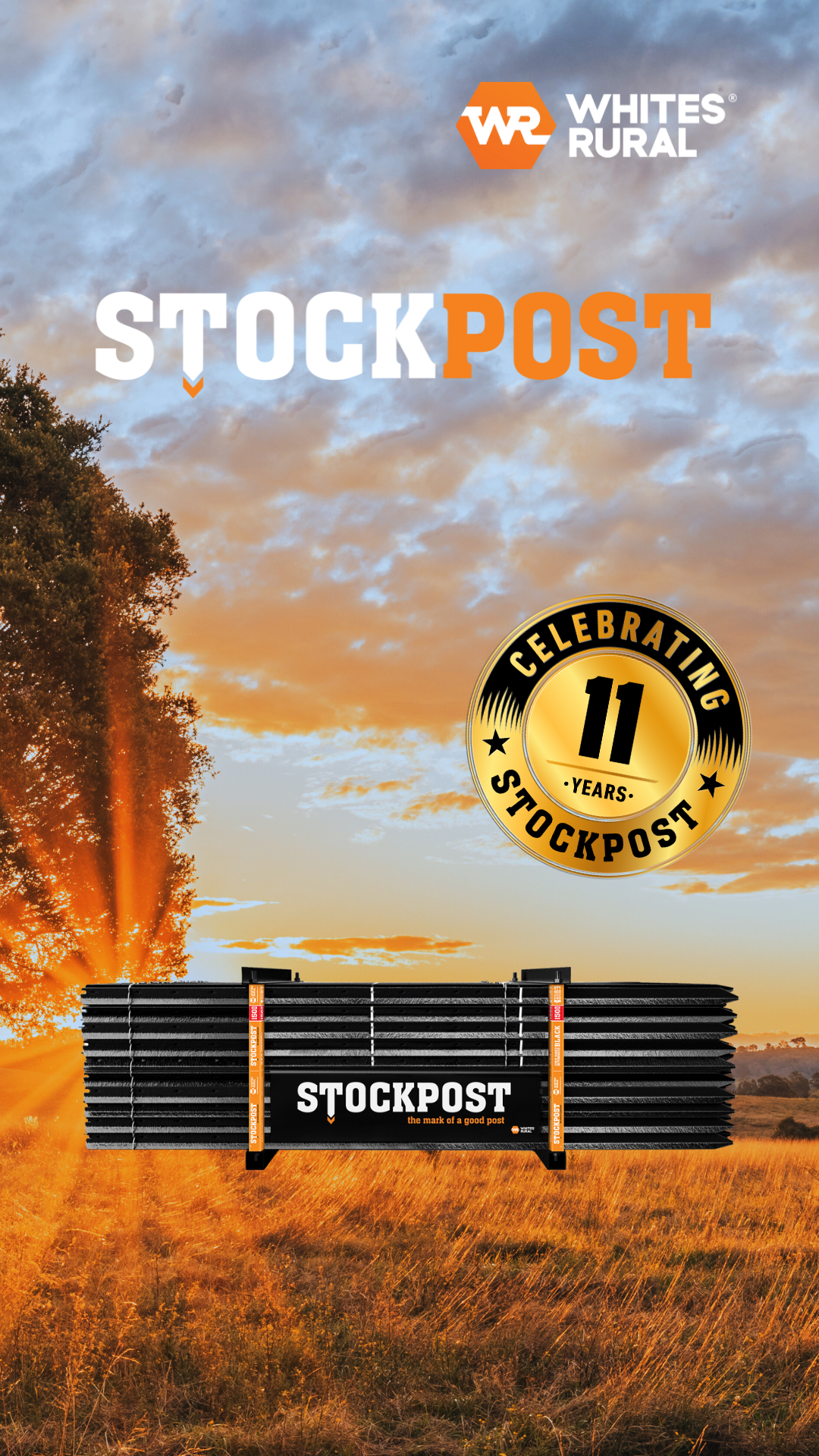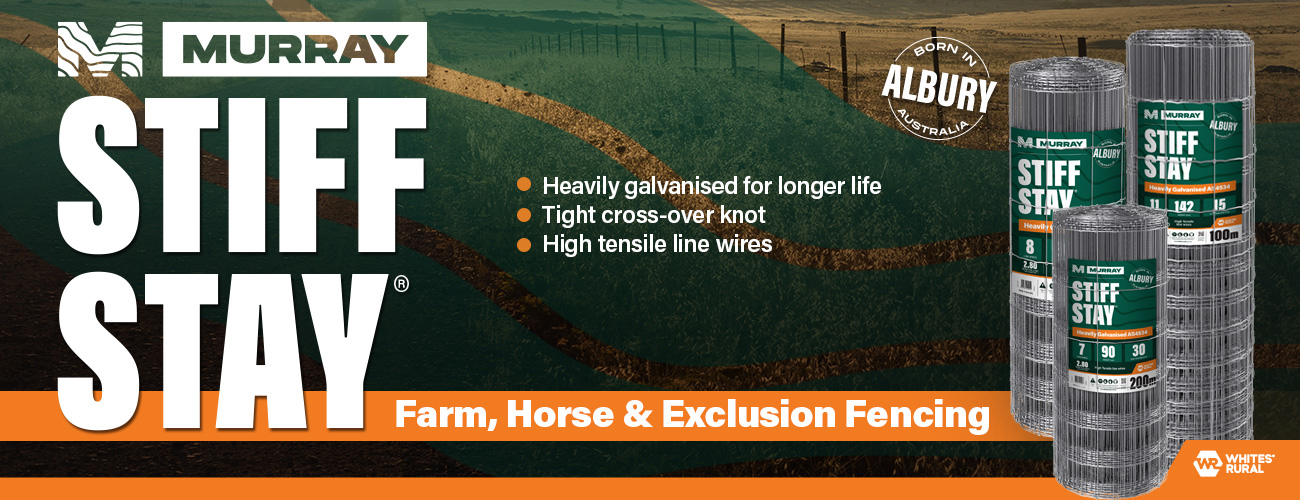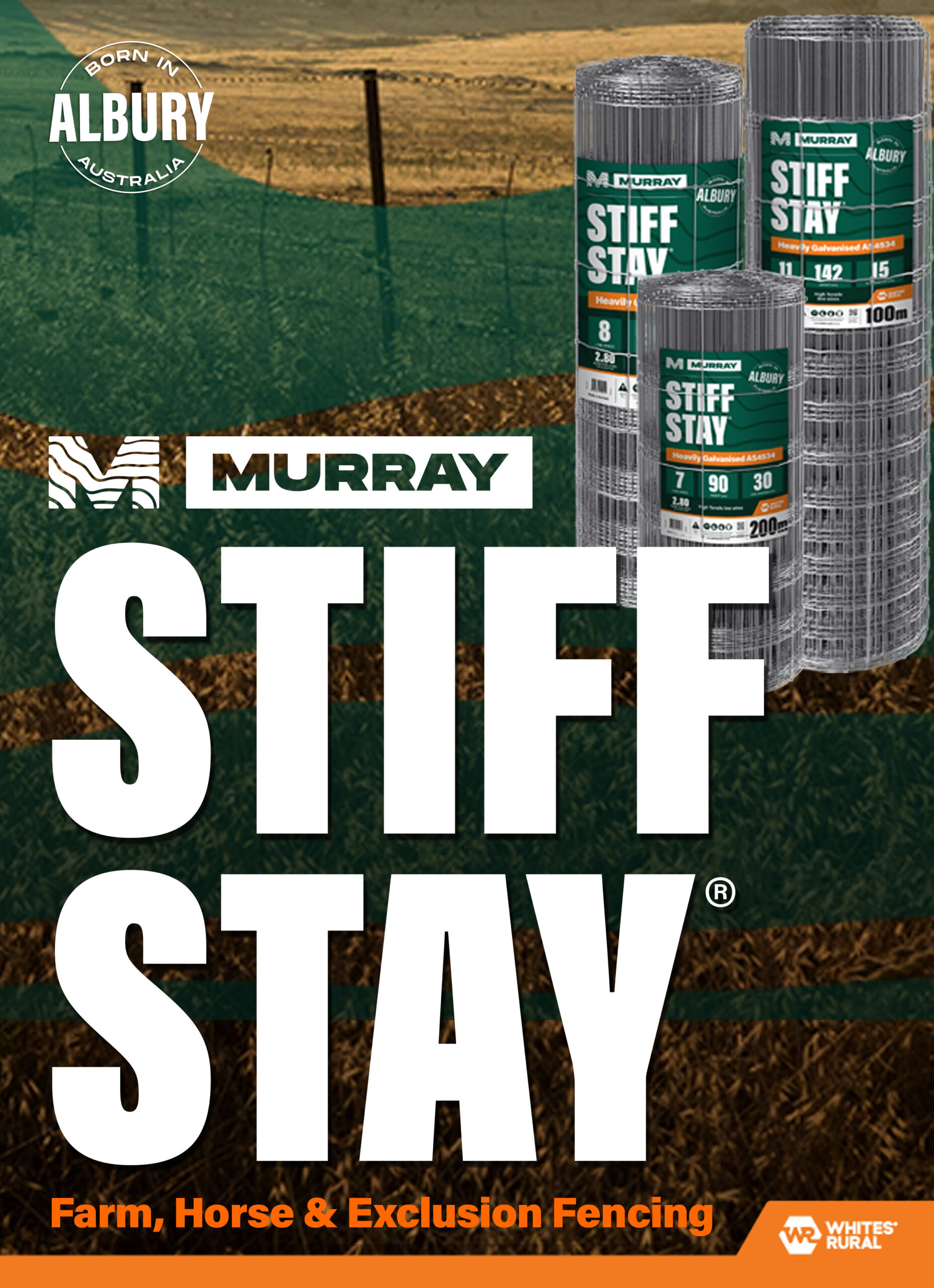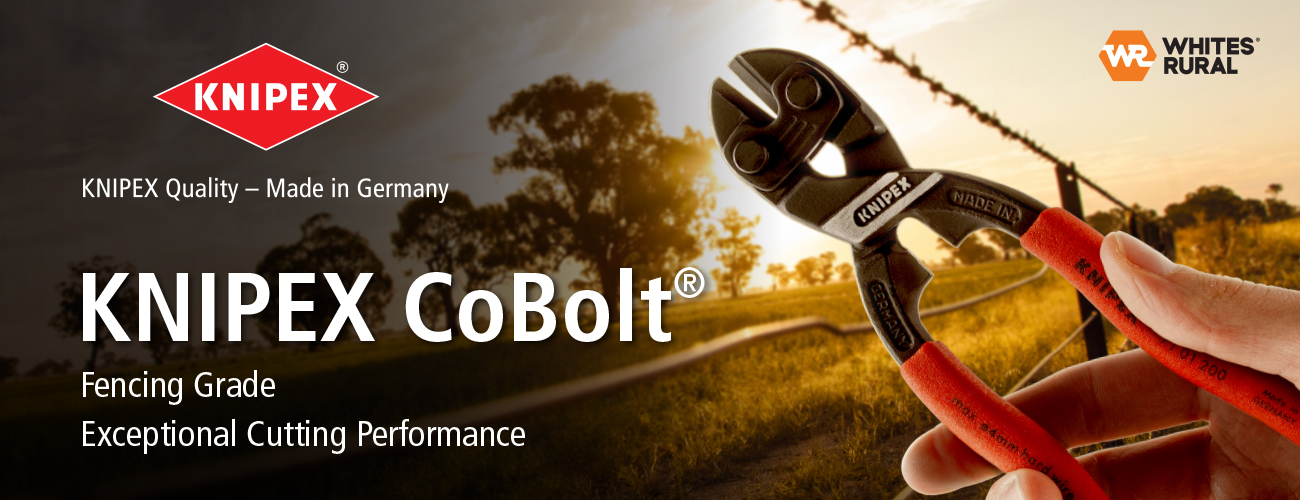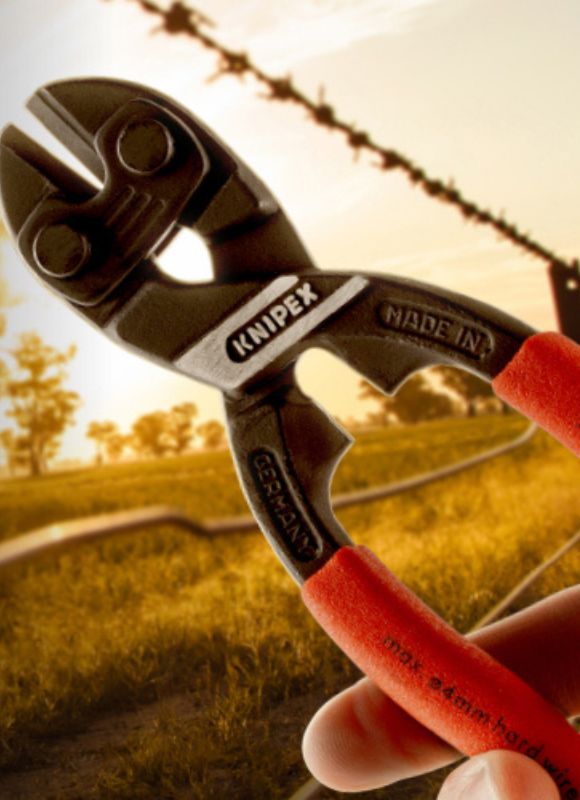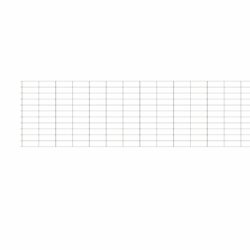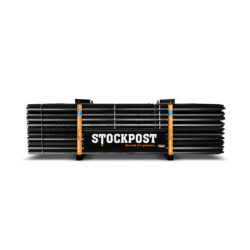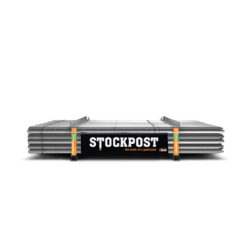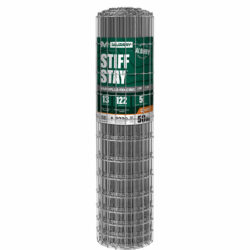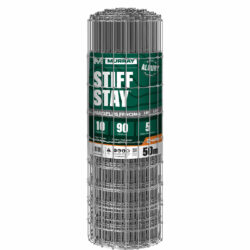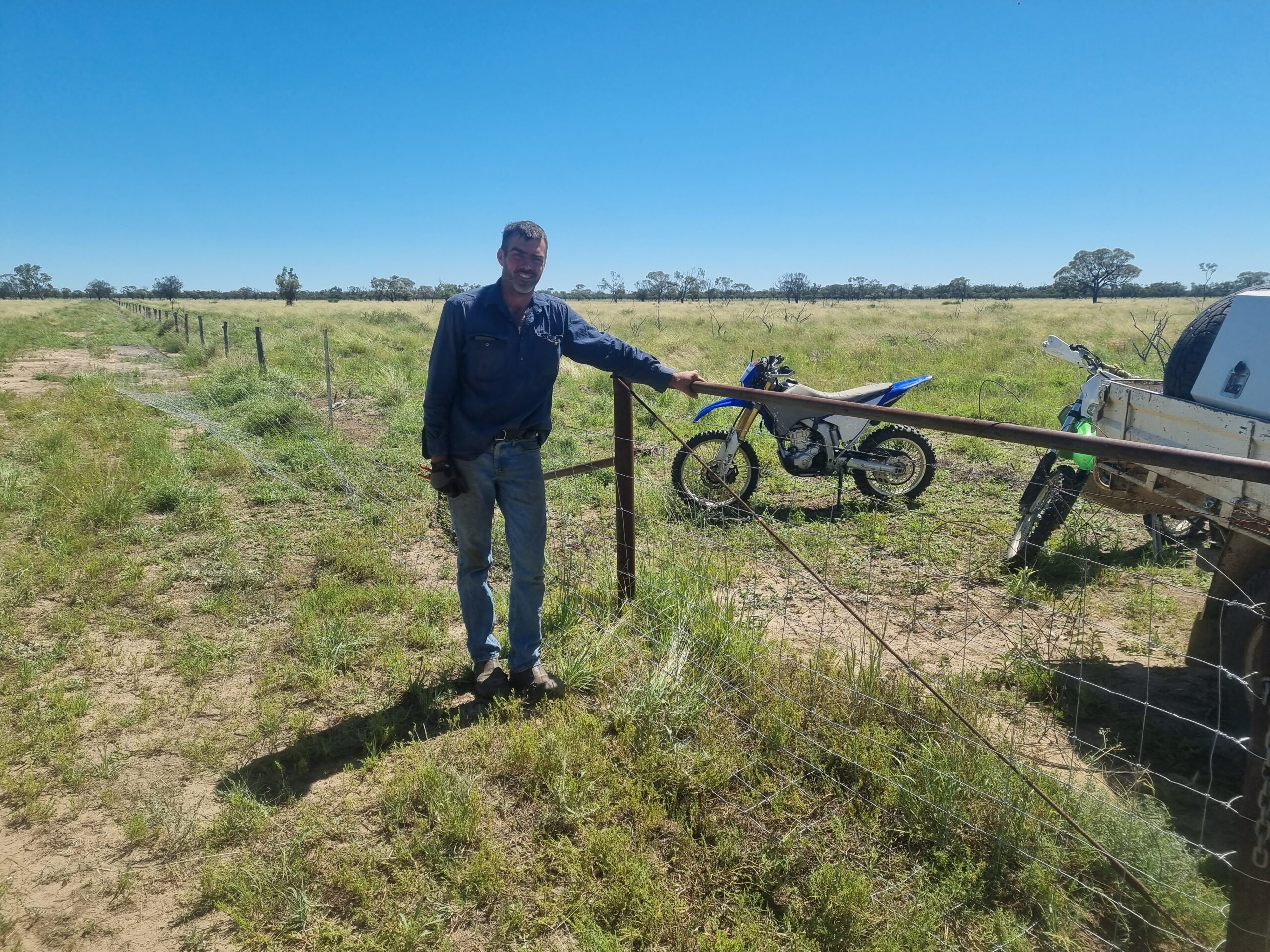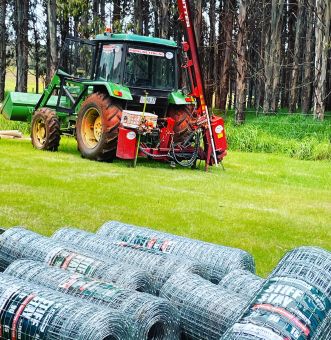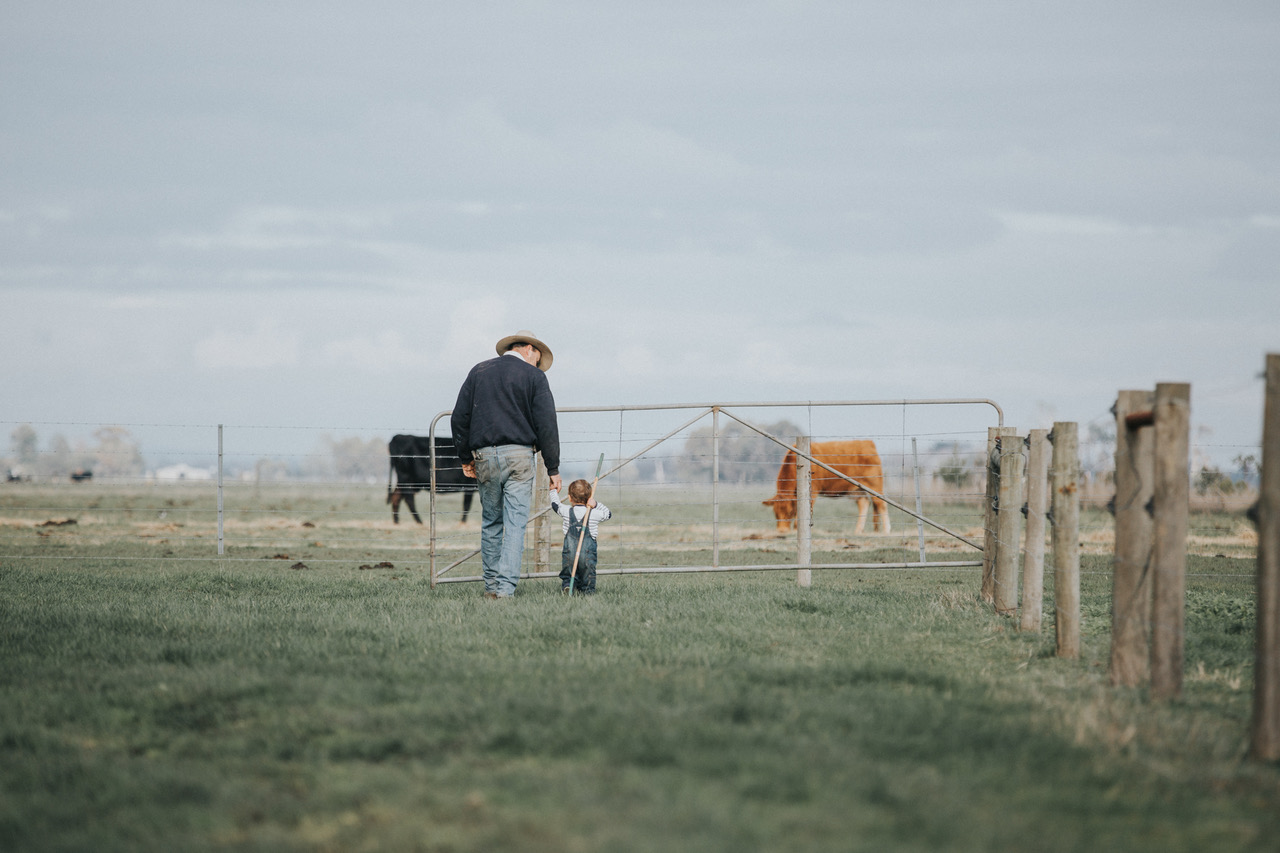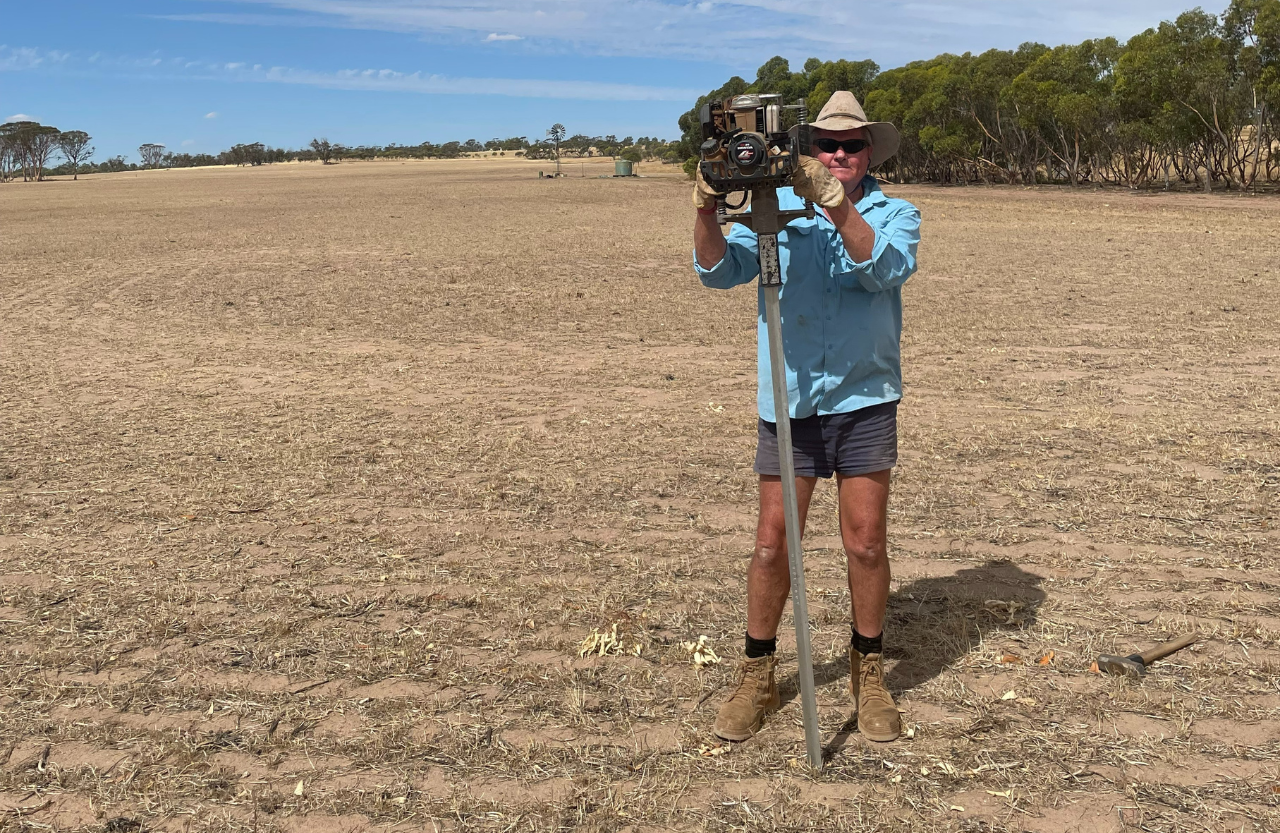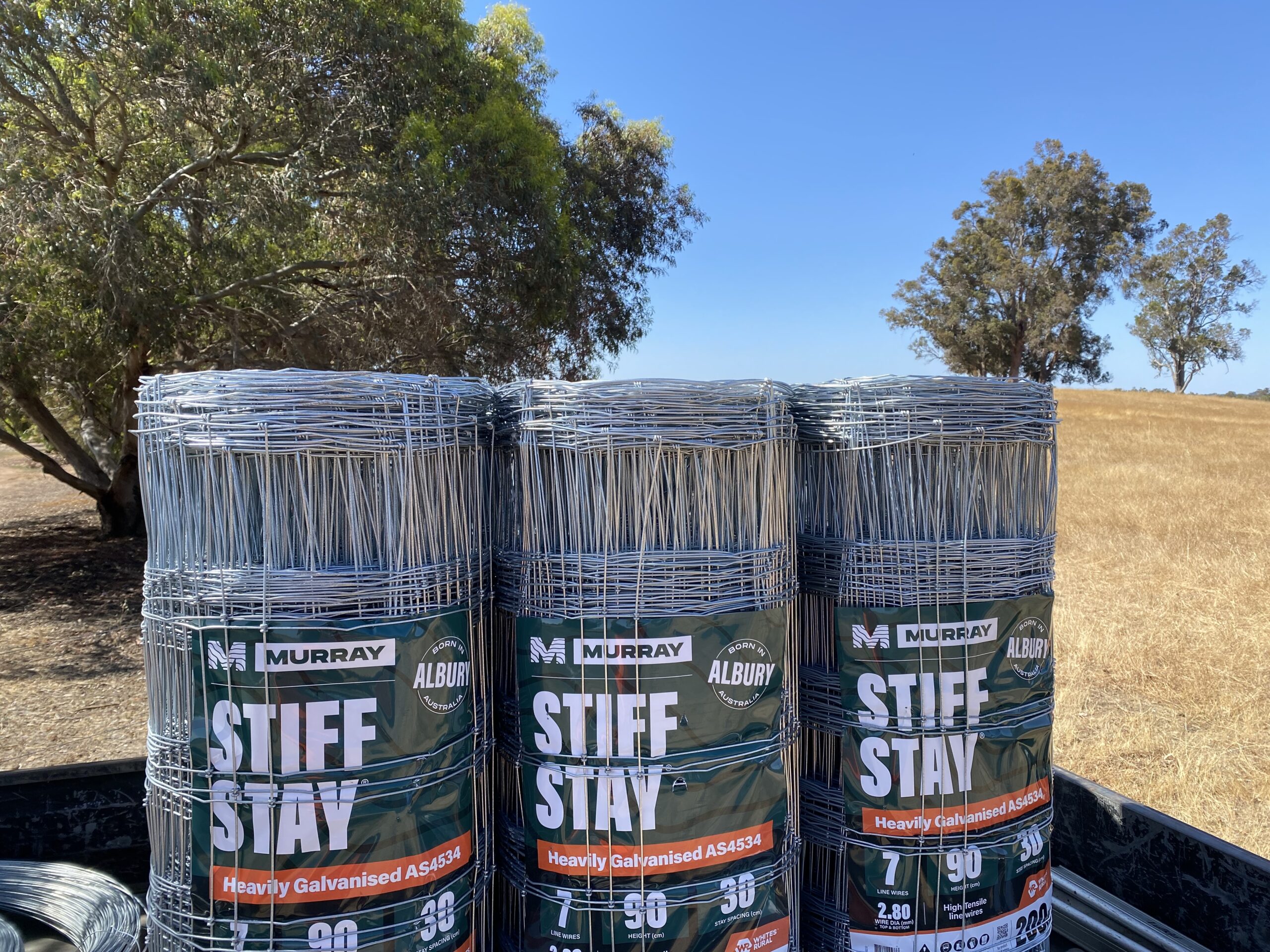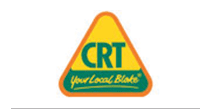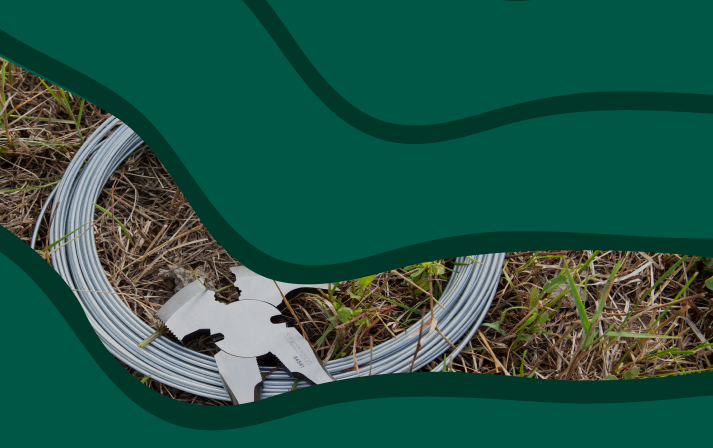
Murray
Find Out More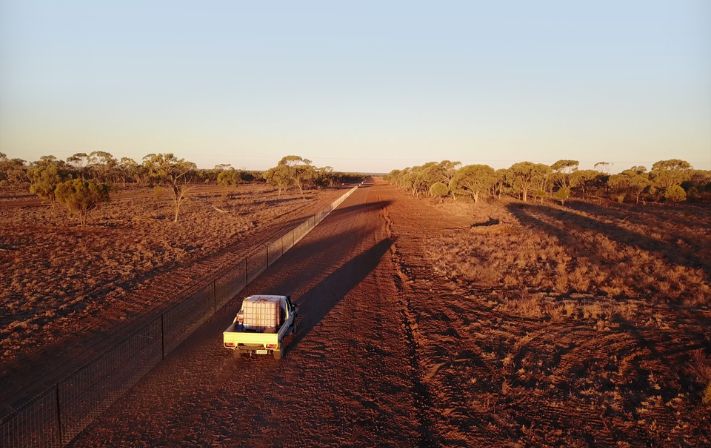
Whites Rural
Find Out MoreWelcome to Whites Rural
Expect More
Whites Rural is Whites’ specialist rural arm signifying a deep and long-term commitment to the fencing needs of rural Australia.
For 50 years, Whites has proudly been a 100% Australian owned and operated family business with its roots strongly embedded in steel, wire and fencing products.
Our long history of continuous improvement has yielded many new and unique product offerings, like Stockpost Ute Pack and Stockboss, always striving to provide greater value to farmers and fencing contractors in the rural market.
Most recently, Whites has introduced the Murray brand – the new name in Australian-made fencing. Leveraging its 6,000 square metre manufacturing facility in Albury NSW, the site runs state-of-the-art equipment and has over 70 years’ experience in producing rural fencing products. The Murray Australian-made range include prefabricated fencing, barbed wire and gates.
